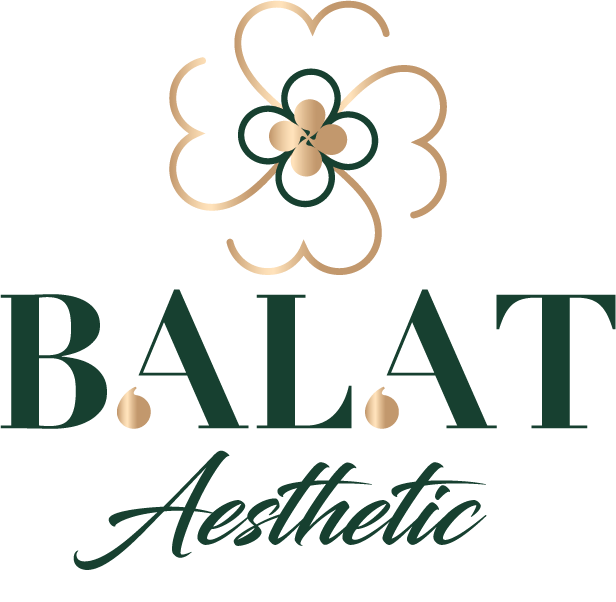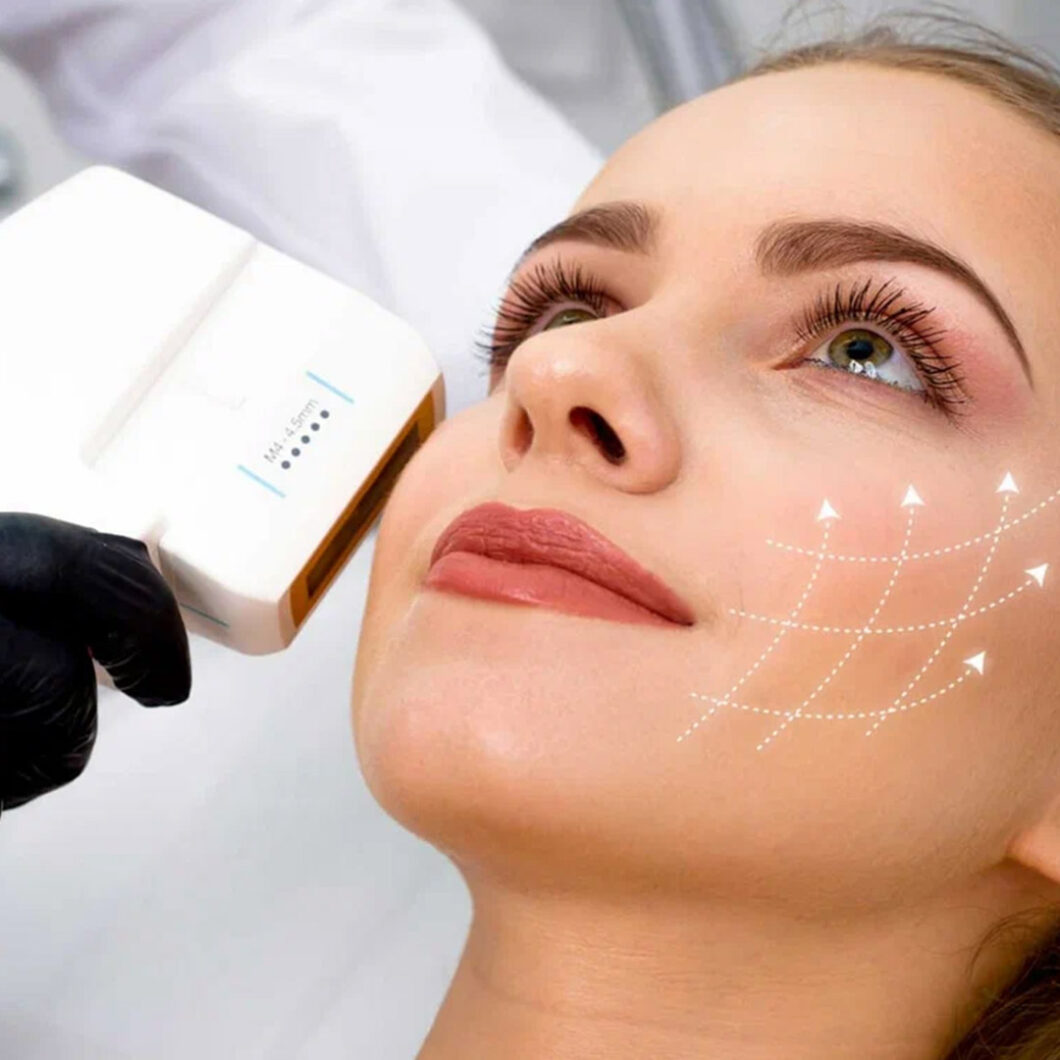Defining Plastic Surgery
Plastic surgery is a specialized field of medicine that primarily focuses on the alteration, reconstruction, and restoration of the human body. The objectives of plastic surgery can be broadly categorized into two main branches: reconstructive surgery and cosmetic surgery. Reconstructive surgery primarily aims to restore form and function to areas of the body that may have been affected by congenital defects, trauma, or illness. On the other hand, cosmetic surgery is focused on enhancing an individual’s appearance according to their aesthetic desires.
Reconstructive procedures may include surgeries such as cleft lip and palate repair, breast reconstruction following mastectomy, and post-traumatic reconstruction. These interventions not only aim to improve appearance but also to restore functionality and improve the quality of life for the patient. For instance, a patient who undergoes breast reconstruction will not only benefit from the restoration of their appearance but may also experience psychological and emotional benefits as a result.
In contrast, cosmetic surgery encompasses procedures that are often elective and aimed solely at enhancing a person’s aesthetic appeal. Common cosmetic surgeries include breast augmentation, facelift, and rhinoplasty. Each of these procedures is designed to address specific aesthetic concerns, such as improving the size and shape of breasts, reducing signs of aging, or altering the shape of the nose to achieve facial harmony.
To perform plastic surgery safely and effectively, practitioners typically require advanced qualifications, including comprehensive training in general surgery followed by specialized training in plastic surgery. Board certification is essential, as it ensures that the plastic surgeon has met rigorous education, training, and examination standards. The field of plastic surgery, with its dual focus on restoring health and enhancing beauty, continues to evolve, offering patients a varied range of options depending on their individual needs and goals.
Exploring Medical Aesthetics
Medical aesthetics refers to a branch of aesthetic medicine that focuses on non-surgical procedures aimed at enhancing physical appearance. Unlike plastic surgery, which often involves significant surgical interventions, medical aesthetics offers a range of treatments that are less invasive, promoting beauty and self-confidence without the extensive recovery periods typically associated with surgical options. These procedures are designed to improve various aspects of a person’s appearance, making it a popular choice for those seeking enhancements that require minimal downtime.
Among the most sought-after treatments in the realm of medical aesthetics are Botox, dermal fillers, chemical peels, and laser therapy. Botox, a popular neuromodulator, temporarily reduces the appearance of fine lines and wrinkles by relaxing the underlying muscles. This treatment is predominantly used on facial areas, including the forehead and around the eyes, delivering notable results without the need for incisions. Dermal fillers, on the other hand, are substances injected into the skin to restore volume, smoothen lines, and enhance facial contours, offering immediate results that can last several months to years depending on the type used.
Chemical peels utilize specially formulated solutions to exfoliate the skin, targeting various skin concerns such as pigmentation, acne scars, and fine lines. They vary in strength, providing different levels of exfoliation for individual needs. Laser therapy encompasses a variety of techniques that can address issues like skin texture, pigmentation, and vascular lesions, often resulting in smoother, more even-toned skin after a course of treatment.
The typical outcomes of these treatments can include improved skin texture and tone, enhanced facial contours, and a youthful appearance. Recovery times vary, with many patients experiencing little to no downtime, which reinforces the appeal of medical aesthetics in today’s fast-paced world. Practitioners skilled in administering these treatments include dermatologists and licensed aestheticians, who ensure safe and effective results tailored to individual needs. By understanding the scope and benefits of medical aesthetics, individuals can make informed choices about enhancing their appearance.
Key Differences Between Plastic Surgery and Medical Aesthetics
When considering enhancements to one’s appearance, individuals often encounter two main options: plastic surgery and medical aesthetics. Understanding the key differences is essential for making an informed decision tailored to personal needs and goals.
The primary distinction lies in the level of invasiveness. Plastic surgery typically involves surgical procedures that may require incisions, anesthesia, and longer recovery times. Examples include rhinoplasty, facelifts, or breast augmentations. In contrast, medical aesthetics encompass non-surgical treatments such as Botox, dermal fillers, and laser therapy. These options tend to be less invasive, leading to shorter recovery periods and minimal downtime, allowing patients to return to their daily activities more quickly.
Cost considerations also play a significant role in choosing between the two. Plastic surgeries generally involve higher expenses due to the complexity of the procedures, the need for skilled surgeons, and potential hospital fees. On the other hand, medical aesthetic treatments typically come at a lower price point, making them more accessible to a broader audience. However, it is important to note that costs for aesthetic treatments can accumulate over time as they may require multiple sessions to maintain results.
Each option carries its own set of potential risks. Plastic surgery, being more invasive, poses higher risks such as infection, scarring, and complications related to anesthesia. Medical aesthetics, while generally safer, are not without risks, including allergic reactions, bruising, or unsatisfactory outcomes. Furthermore, the long-term results diverge; plastic surgery often provides more permanent changes, while medical aesthetic improvements may be temporary and necessitate maintenance treatments.
Ultimately, the choice between plastic surgery and medical aesthetics should reflect individual goals and a thorough assessment of the implications of each option.
Making the Right Choice for Your Needs
When considering options for enhancing one’s appearance, the decision between plastic surgery and medical aesthetics requires careful thought and a tailored approach to individual needs. Both avenues offer distinct benefits, and understanding these differences is crucial in making an informed choice. Personal goals significantly influence this decision; some individuals seek permanent alterations through plastic surgery, while others may prefer the non-invasive nature of medical aesthetics, which often provides temporary results with less lengthy recovery times.
Budget is another critical factor that should not be overlooked. Generally, plastic surgery involves higher costs due to the complexity of the procedures, extended recovery, and the need for specialized surgeons. In contrast, medical aesthetics may offer relatively lower prices, making it a more accessible option for many. However, individuals should also evaluate the potential need for ongoing treatments when opting for aesthetic solutions, as this could accumulate to comparable costs over time.
Consultation with qualified practitioners is paramount in this choice. A board-certified plastic surgeon can provide insight regarding the suitability of surgical interventions, while a licensed aesthetic practitioner can discuss the scope of non-surgical options. Professionals can assess personal goals and recommend the most beneficial path based on their expertise and experience. Understanding the recovery preferences, such as time off from work or daily activities, is equally important, as plastic surgery often requires significant downtime compared to the quick recovery associated with many aesthetic treatments.
Patient testimonials can also offer valuable perspectives, illustrating the varieties of experiences others have had in making this decision. Many individuals recount their journeys of self-discovery and empowerment, detailing how they arrived at their choices and the outcomes that ultimately fulfilled their desires for improvement. This first-hand knowledge serves to illuminate the myriad factors at play in determining the best course of action.

